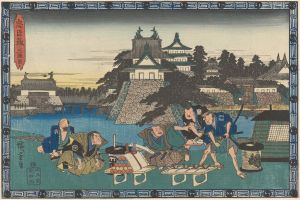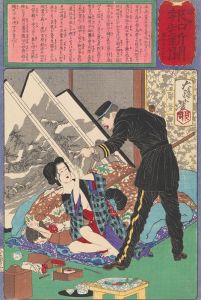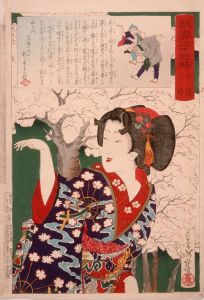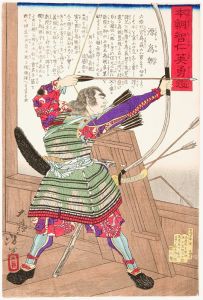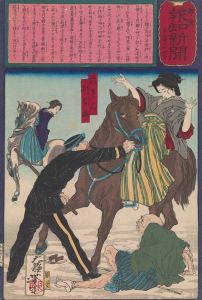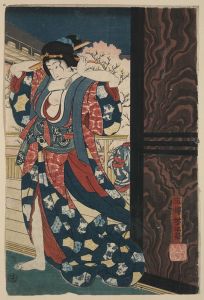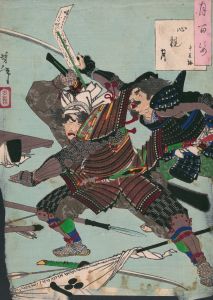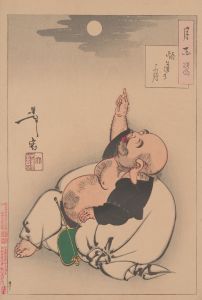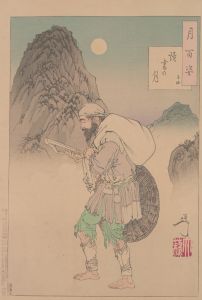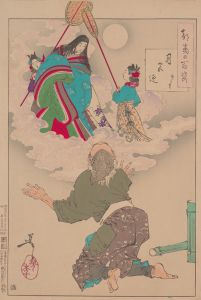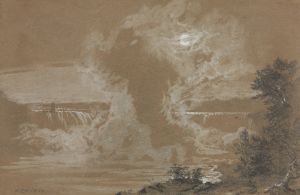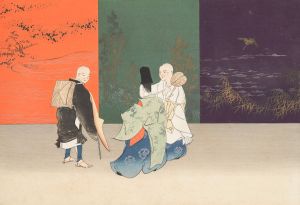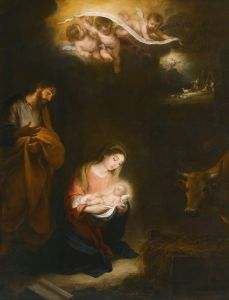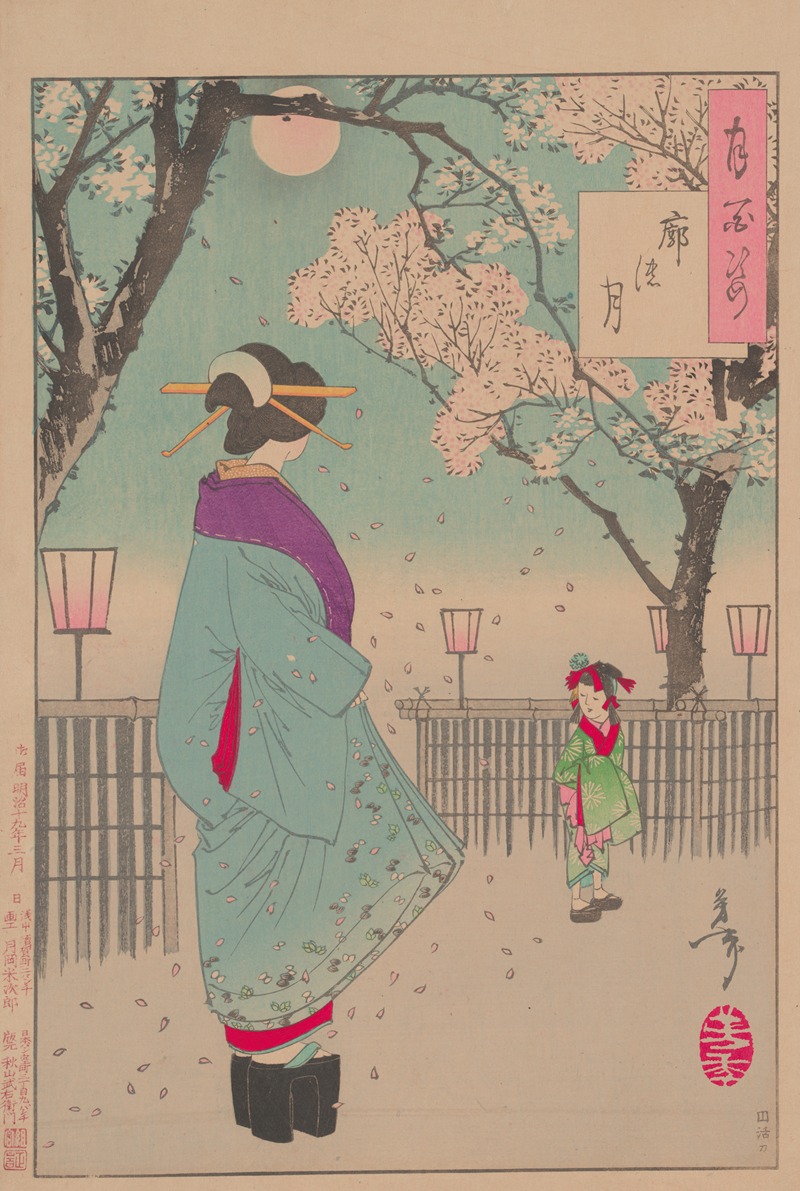
Moon of the pleasure quarters
A hand-painted replica of Tsukioka Yoshitoshi’s masterpiece Moon of the pleasure quarters, meticulously crafted by professional artists to capture the true essence of the original. Each piece is created with museum-quality canvas and rare mineral pigments, carefully painted by experienced artists with delicate brushstrokes and rich, layered colors to perfectly recreate the texture of the original artwork. Unlike machine-printed reproductions, this hand-painted version brings the painting to life, infused with the artist’s emotions and skill in every stroke. Whether for personal collection or home decoration, it instantly elevates the artistic atmosphere of any space.
Tsukioka Yoshitoshi (1839–1892) was a renowned Japanese artist, widely celebrated for his woodblock prints and his role in the ukiyo-e art movement during the late Edo and early Meiji periods. One of his notable works is "Moon of the Pleasure Quarters," which is part of his acclaimed series "One Hundred Aspects of the Moon" (Tsuki hyakushi), created between 1885 and 1892. This series is considered one of Yoshitoshi's masterpieces and showcases his innovative approach to traditional Japanese themes.
"Moon of the Pleasure Quarters" reflects Yoshitoshi's fascination with the moon, a common motif in Japanese art and literature, symbolizing beauty, mystery, and the passage of time. The series as a whole explores various aspects of the moon, drawing inspiration from historical events, legends, literature, and folklore. Each print in the series captures a unique narrative or scene, often imbued with emotional depth and cultural significance.
In "Moon of the Pleasure Quarters," Yoshitoshi depicts a scene from the Yoshiwara, the famous pleasure district of Edo (modern-day Tokyo). The Yoshiwara was known for its vibrant nightlife, teahouses, and courtesans, and it played a significant role in the cultural life of the city. The print captures the elegance and allure of the pleasure quarters, highlighting the complex social dynamics and the transient nature of beauty and pleasure.
Yoshitoshi's work is characterized by his masterful use of color, intricate detailing, and expressive figures. In this particular print, he employs a delicate color palette to evoke the serene and ethereal quality of moonlight. The composition is carefully balanced, with the figures and architectural elements harmoniously arranged to draw the viewer's eye across the scene. Yoshitoshi's attention to detail is evident in the intricate patterns of the kimono and the subtle expressions of the figures, which convey a sense of introspection and melancholy.
The "One Hundred Aspects of the Moon" series, including "Moon of the Pleasure Quarters," was created during a period of significant cultural and social change in Japan. The Meiji Restoration, which began in 1868, marked the end of the feudal era and the beginning of modernization and Westernization. Yoshitoshi's work reflects this transitional period, blending traditional Japanese aesthetics with new influences and techniques. His prints often explore themes of nostalgia and the tension between the past and the present, capturing the complexities of a rapidly changing society.
Yoshitoshi's contributions to the ukiyo-e tradition were significant, and his work continues to be celebrated for its artistic innovation and cultural resonance. "Moon of the Pleasure Quarters" exemplifies his ability to convey emotion and narrative through the medium of woodblock printing, and it remains a testament to his enduring legacy as one of Japan's greatest artists.





